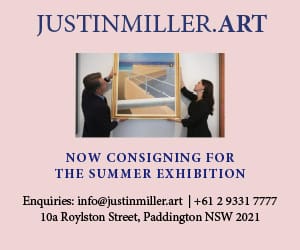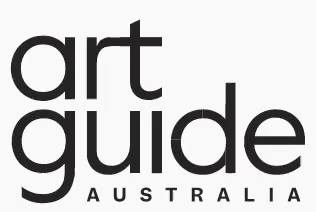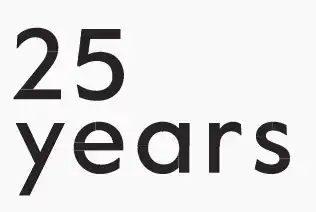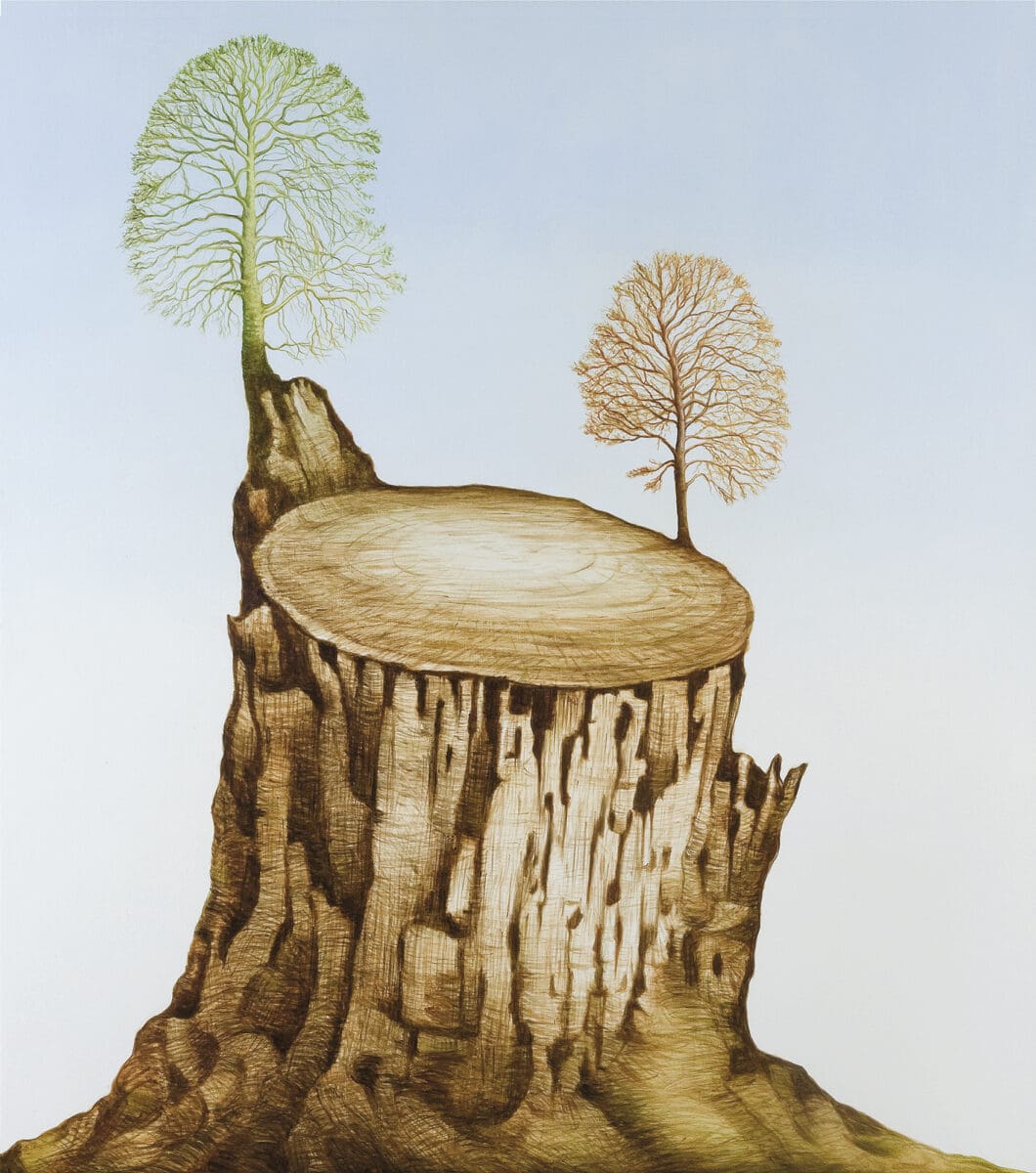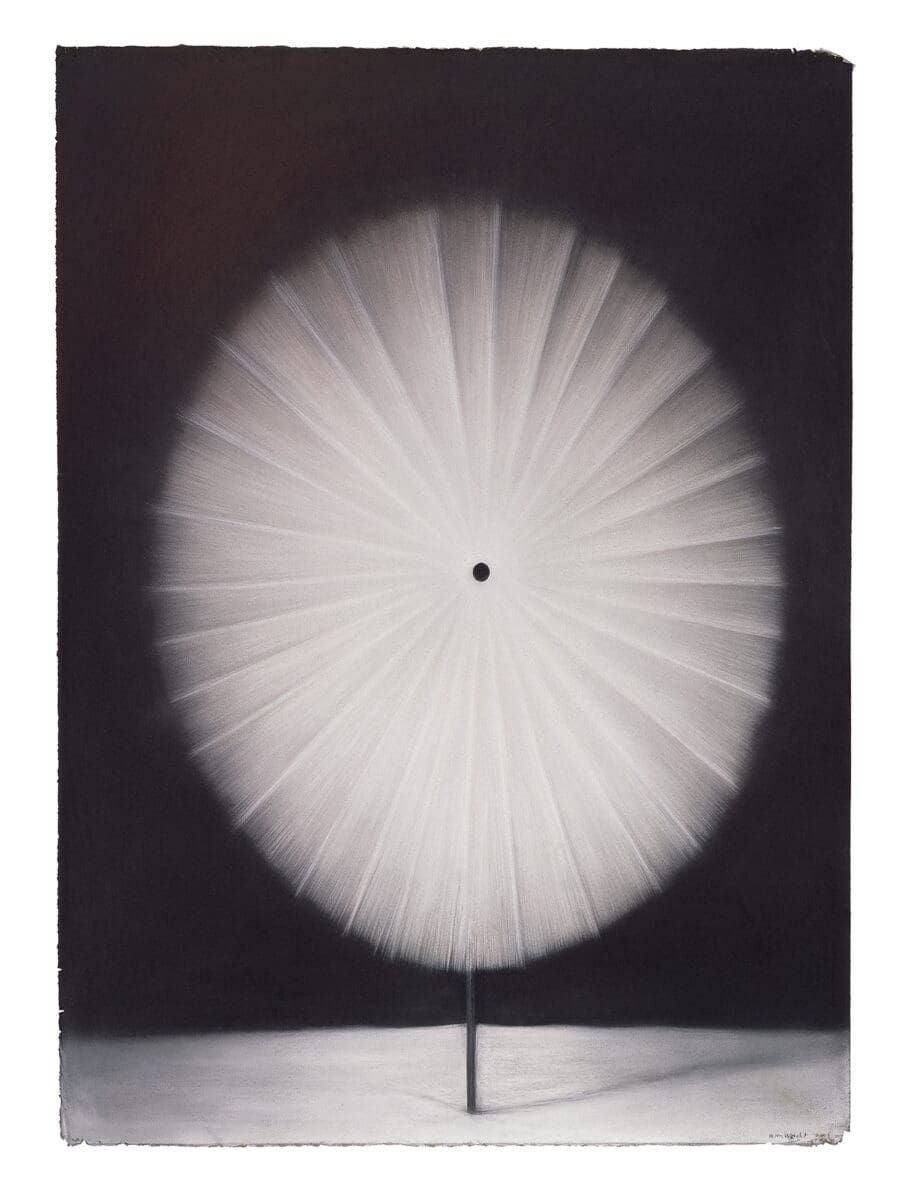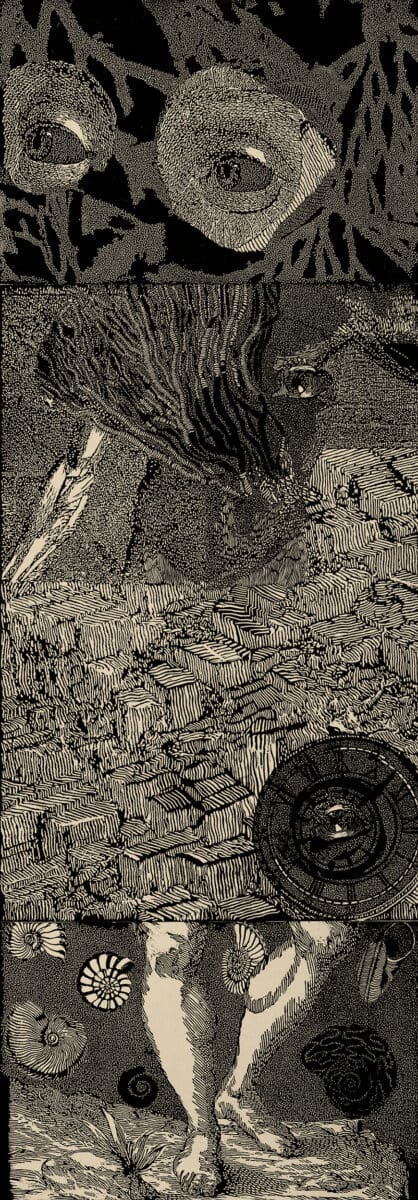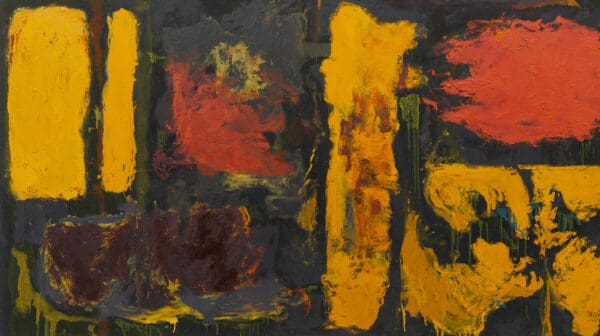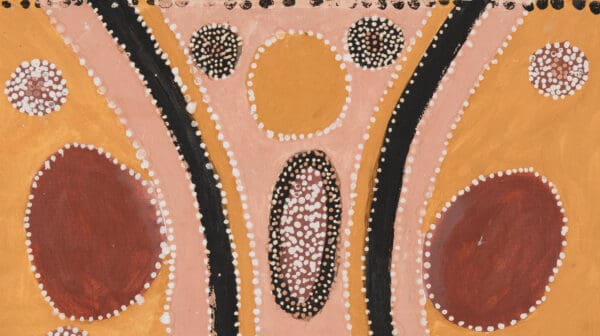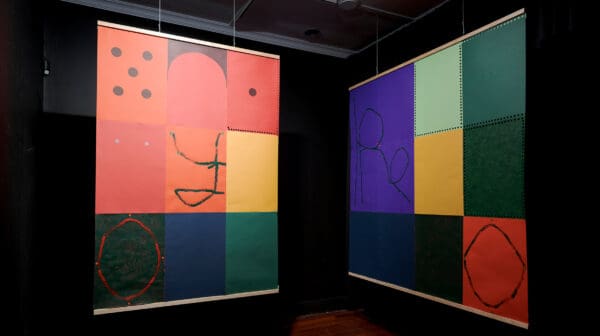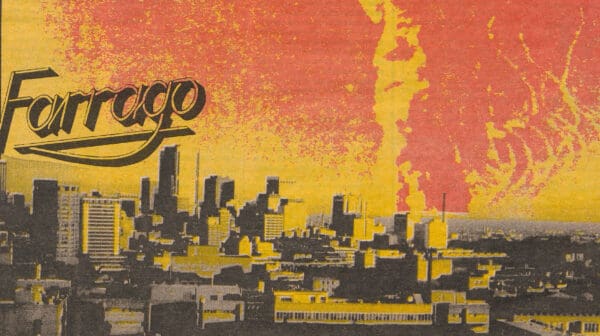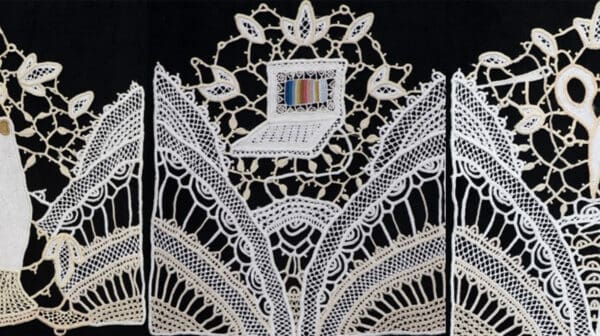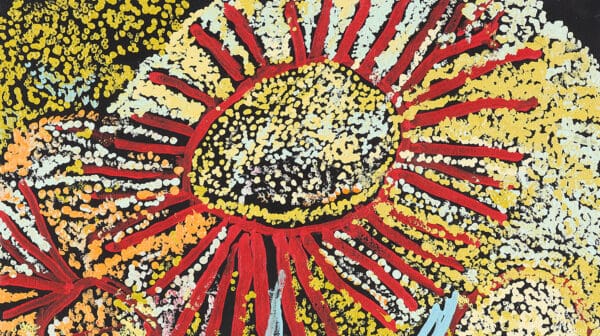Looking back at the career of Helen Wright, curator Kellie Wells describes the Tasmanian artist as “an explorer at heart”. Freely experimenting across drawing, painting, printmaking and sculpture, Wright has maintained a steady focus on the natural world and dreamlike states for four decades, with architecture, birds and animals frequently becoming her delicately rendered protagonists.
Throughout the over 50 works included, Wright’s seemingly effortless ability to shift between materials and disparate meanings is clearly revealed. “Wright’s Vessel and Ruin motifs reflect this deeply,” says Wells.
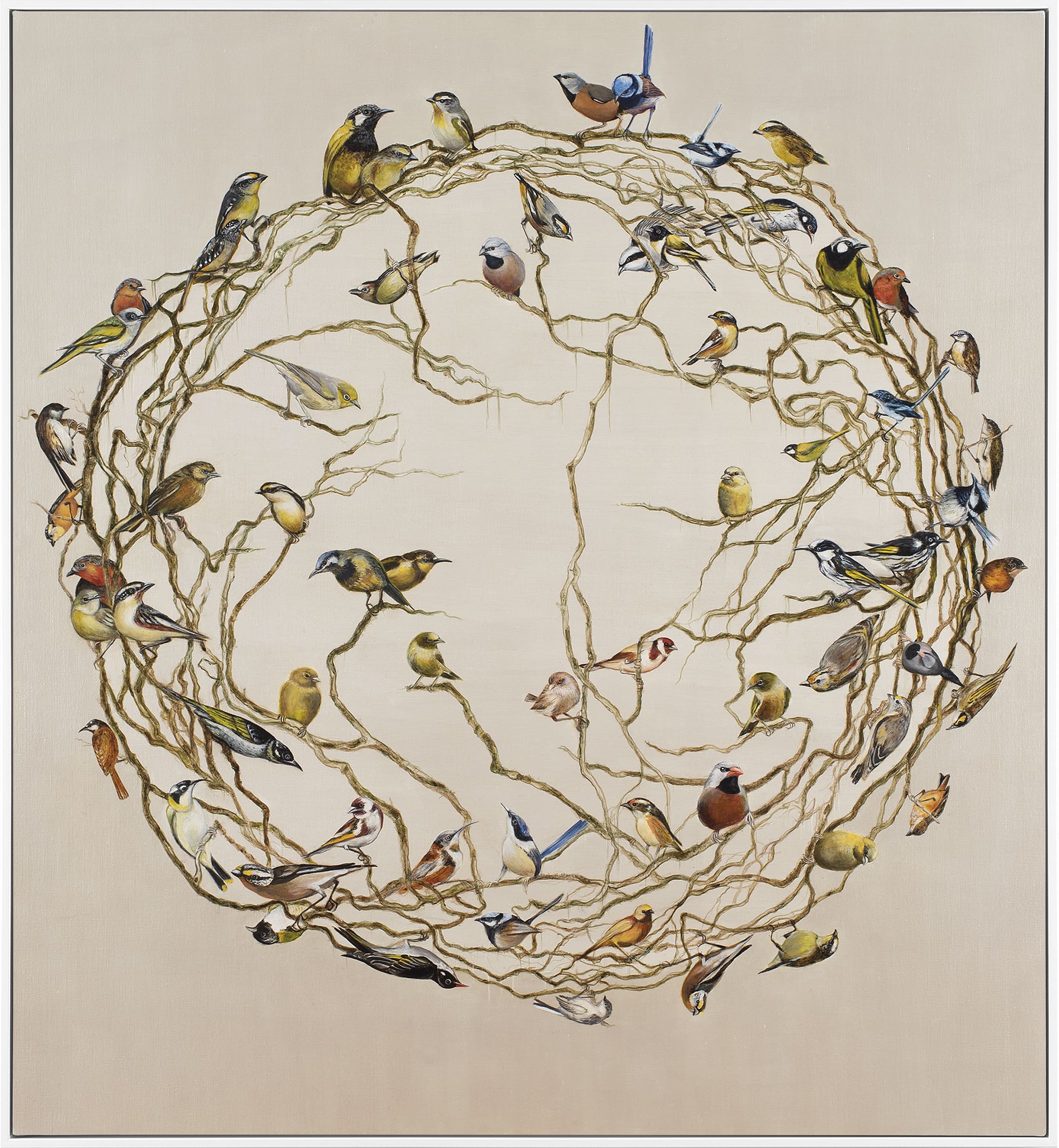
“Woven through decades-long contemplations are repeated sites of collapse, containment, and metamorphosis—each one simultaneously feminine and universal. The recurring avian figures suggest both vulnerability and transcendence, without ever abandoning the aesthetic beauty of their form.”
From MC Escher-esque drawings of Tasmanian landmarks as crumbled ruins to figurative sculptures crafted from bronze, Wright begins most works with a collage. Through a methodical process that enables her to, “freely amalgamate a diverse range of visuals sourced from imagination, invention and observation,” Wright then recreates the “sometimes illogically pieced together” image on paper or canvas. The final iteration is often sparse, with a sheer pale background occasionally broken by a twig harbouring tiny finches and wrens.
While there is clearly a sense of reverence for nature in Wright’s work, she says this is not without concern for the future. “I do not see my work shirking the reality of habitat destruction and its impact upon bird, marine and animal species. My work seeks to shed light on the gap I perceive between a romantic and idealised vision of nature and the reality of actual experience.” It is a thought Wells echoes. “Wright’s works are not easily reduced; they draw you in with beauty, then unsettle and provoke with layered meanings.”
Shapeshifting: The Art of Helen Wright
Queen Victoria Museum and Gallery: Art Gallery at Royal Park
Until 1 February 2026
This article was originally published in the September/October 2025 print edition of Art Guide Australia.

